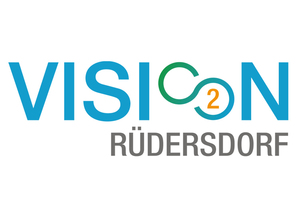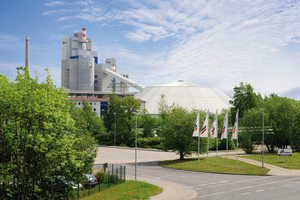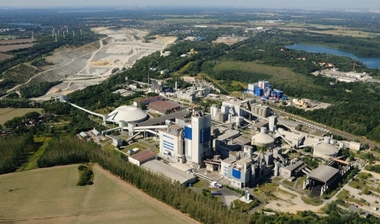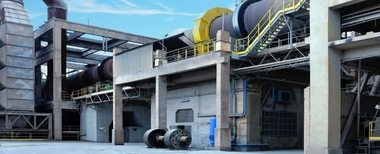With the launch of Vision Rüdersdorf, the cement plant becomes one of the pacemakers of the decarbonization strategy of Cemex
The globally active cement manufacturer Cemex is starting to investigate and develop further possibilities for the production of CO2-neutral building materials at its Rüdersdorf cement plant in Brandenburg. The project is called “Vision Rüdersdorf”.
Cemex had already communicated its vision of climate neutrality before the announcement of the European Commission’s Green Deal in mid-September. The company has set itself the goal of reducing CO2 emissions in its European plants by at least 55% by 2030 and supplying climate-neutral concrete by 2050. Reducing the carbon footprint of our plants and Cemex products is a key milestone for the construction industry. Cemex is committed to joint action by the entire industry to achieve the common goal of greater sustainability worldwide.
From the point of view of the management of Cemex Europe, it is clear why the plant in Germany has now been chosen as the location for the concrete implementation attempts of Cemex. “For years, sustainable successes have been achieved here in the reduction of fossil fuels and in the selection of alternative formulation components of the cement. The experienced team is always looking for possible improvements. In determining the best possible CO2 emission values, Rüdersdorf has always been at the forefront of the European cement industry and has thus also earned itself an excellent reputation in the global Cemex organization,” says Rüdiger Kuhn, Chairman of the Executive Board of Cemex Deutschland AG.
Parallel to the further reduction of energy-related emissions, the Rüdersdorf vision describes the comprehensive investigation of various approaches to breakthrough technologies in order to prevent process-related CO2 from escaping into the atmosphere, but rather to put it to beneficial use. The areas under investigation can be divided into the capture, storage or use of CO2.
Together with various partners, Cemex has developed an innovative concept which primarily ensures that both the waste heat and the CO2 to be separated are converted into new forms of energy and stored. The energy can be used climate-neutrally and sensibly in the industrial, residential and transport sectors. The strategic selection of the partners was crucial to do justice to the technical and political complexity of this project.
In the knowledge that each cement production site with its geological, socio-economic and legal conditions is unique, the available technologies are to be examined in detail for their applicability or combinability at a single site. Subsequently, the results of the study will be used to plan the necessary changes in the European Cemex production sites.
The partnership with several scientific and industrial pioneers in the field has already begun and is still open-ended. However, the focus is on identifying and tackling technically and economically feasible steps on the way to CO2-neutral cement production. Some feasibility studies have already been completed, and further steps are required to examine the technical and economic feasibility.
“In an interesting approach, the CO2 that we capture will be reused as a possible raw material for downstream processes in the chemical industry. Another approach is to examine the possibility of storing the CO2. Where these paths will lead and which technologies will become established is something we cannot say at present. With these efforts and our commitment to review or invest in these technologies, Cemex is making a contribution to the decarbonization of the industry,” says Stefan Schmorleiz, plant manager and managing director of Cemex Zement GmbH.







